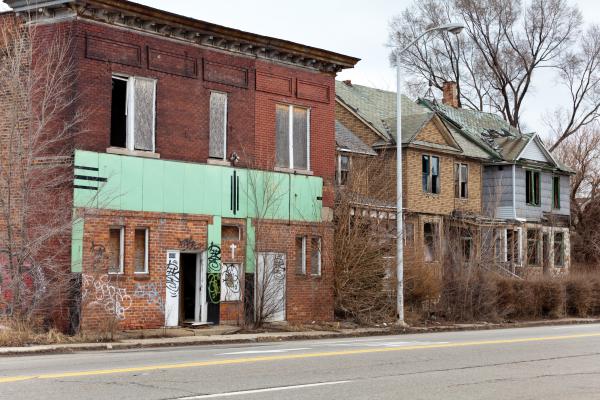THE STATE OF THE U.S. working class gives us many reasons to feel discouraged. Wages have stagnated even as productivity has increased significantly. With independent contracting and the “gig economy,” jobs have become less secure. The Bureau of Labor Statistics predicts that most job growth will be in low-paying fields, such as home health care and food service. Union membership, a central measure of the social cohesion and political power of the working class, has fallen to 11 percent, down by almost half since the early 1980s.
Medical research links economic frustration to rising death rates among middle-aged whites and addiction among younger adults. Long encouraged to believe that hard work would translate into economic stability, working-class people have, as one of the researchers, Angus Deaton, put it, “lost the narrative of their lives.”
Two important shifts in how people think about class and work suggest reasons for cautious optimism. They also suggest possible roles for faith-based organizations.
The first reason might seem counter-intuitive: Americans in general, and younger Americans in particular, increasingly identify themselves as working class. Gallup polls over the past 15 years show that the number of Americans who identify themselves as upper-middle or middle class has fallen by 12 percent, while the number who identify as lower or working class has risen by 15 percent. More than 56 percent of millennials identify as working class, compared with 44.2 percent of baby boomers. Even younger adults with college degrees—which pollsters often use to identify respondents as middle-class—find themselves working part-time, low-wage jobs, struggling with student loan debt, and unable to afford the traditional markers of adulthood, such as home ownership. These surveys (and this year’s political campaigns) suggest growing anger over economic inequality, but as community organizers know, frustration and anger can inspire action.
Of course, action can take many forms, but that’s why my second reason for optimism is so important. A recent Pew study shows that younger adults view unions positively. Although that isn’t (yet) translating into higher union-membership rates, it does suggest support for organized efforts to fight economic injustice. Many younger adults have been inspired by the Occupy movement, campus organizing against sweatshops, and battles over the minimum wage.
These campaigns often link class issues with injustices rooted in race, gender, immigration status, and sexuality. The working class has always been diverse, but class activism has not always engaged fully with fights around other forms of inequality. As younger adults engage with multiple movements for justice, they may generate fresh potential for building broader coalitions and more inclusive organizing that integrates class, race, and other issues.
Younger people’s identification with the working class and their engagement with economic inequality will not automatically translate into activism, of course, much less into social change. Even as younger activists organize their own movements, faith-based organizations can provide support, models for connecting belief and service with advocacy, and opportunities for action, as well as a sense of community and a moral basis for commitment.
Such efforts may also strengthen younger people’s connection with religion. Despite evidence that many younger adults do not identify with any organized religion, some younger people may become more deeply engaged in religion through activism.
I saw this recently at a “Labor Seder” in Washington, D.C., led by young organizers involved in Jews United for Justice. We see it, too, among younger Catholics inspired by Pope Francis, such as the student activists at Georgetown University who are supporting campus workers and community organizers for economic justice.
Frustration and resentment can draw working-class people in multiple directions. But we can find reasons for hope—and opportunities to make connections within and beyond the church—in the emerging resistance of the young.

Got something to say about what you're reading? We value your feedback!

